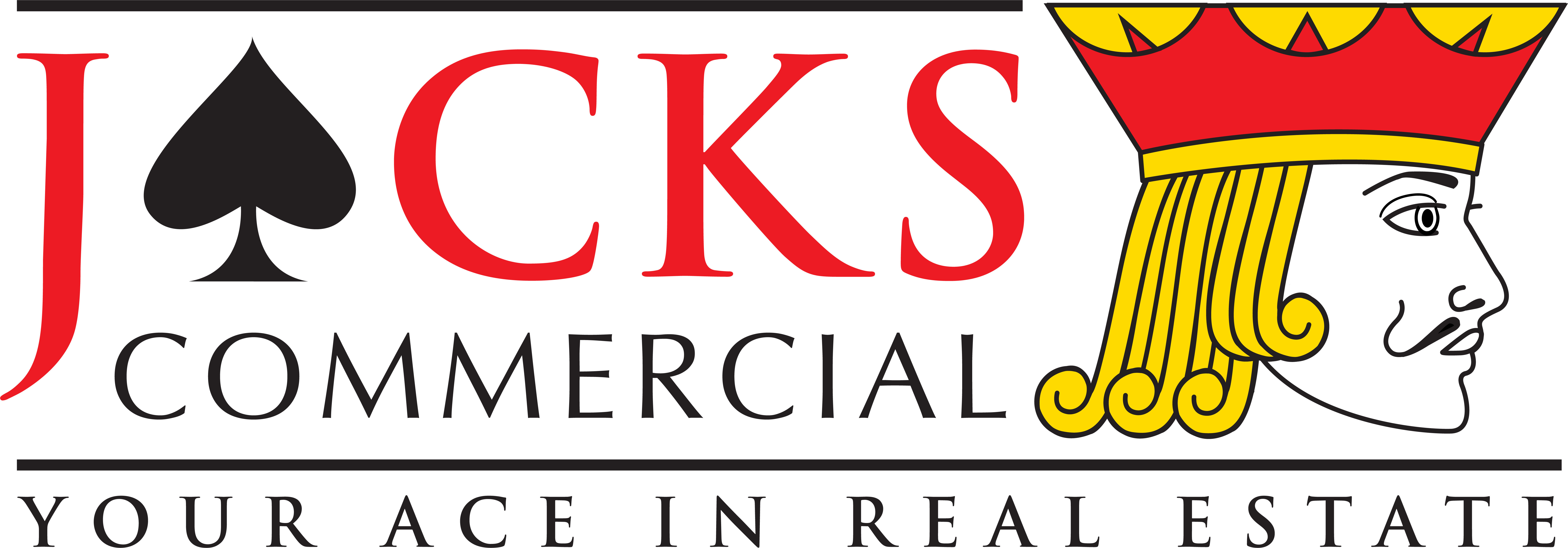
Sacramento's multifamily real estate market presents compelling opportunities for investors seeking stable cash flows, appreciation potential, and portfolio diversification. With California's ongoing housing shortage, Sacramento's relative affordability compared to Bay Area markets, and steady population growth, apartment properties offer multiple pathways to building long-term wealth through real estate investment.
Market Fundamentals Supporting Multifamily Investment
Sacramento's multifamily market benefits from powerful supply and demand imbalances that create favorable conditions for property owners and investors. The region's job growth, particularly in government, healthcare, and technology sectors, generates consistent demand for rental housing across multiple income levels.
Population growth continues outpacing housing construction, creating chronic housing shortages that support rent growth and occupancy rates. Young professionals, families priced out of homeownership, and relocating Bay Area residents all contribute to strong rental demand throughout Sacramento's diverse neighborhoods.
The region's economic diversity provides stability that purely tech-dependent markets lack. Government employment, healthcare systems, universities, and growing private sector employment create demand from various demographic groups with different housing preferences and price points.
Investment Property Types and Strategies
Small Multifamily Properties (2-4 units): Duplexes, triplexes, and fourplexes provide entry points for new investors while offering management simplicity and potential for owner-occupied financing. These properties often provide better cash-on-cash returns than larger properties while building experience in multifamily ownership.
Mid-Size Properties (5-50 units): These properties offer economies of scale while remaining manageable for individual investors or small investment groups. They typically provide better financing terms than smaller properties while offering more control than large institutional-grade assets.
Large Apartment Communities (50+ units): Institutional-quality properties provide professional management opportunities, amenity packages that command premium rents, and potential for significant value creation through operational improvements and capital investments.
Value-Add Opportunities: Properties requiring renovation, management improvements, or repositioning often provide superior returns for investors willing to invest time and capital in property improvements.
Geographic Strategies Within Sacramento
Urban Core Investment: Downtown Sacramento and adjacent neighborhoods offer walkability, transit access, and proximity to employment centers that attract young professionals willing to pay premium rents for location convenience.
Suburban Family Housing: Communities like Elk Grove, Folsom, and Natomas provide family-friendly environments with good schools and amenities that attract long-term tenants seeking stability.
Emerging Neighborhoods: Areas experiencing gentrification or infrastructure improvements often provide opportunities for investors willing to anticipate neighborhood growth and improvement.
University Areas: Properties near UC Davis, Sacramento State, and community colleges provide consistent demand from students and young professionals, though they may require more active management.
Financial Analysis and Investment Metrics
Successful multifamily investing requires understanding key financial metrics that determine investment attractiveness and long-term performance.
Cash-on-Cash Returns: Most Sacramento multifamily properties provide positive cash flows, with returns varying based on property type, location, and investment strategy. Urban properties may offer lower initial returns but greater appreciation potential, while suburban properties often provide higher current yields.
Cap Rates and Market Comparisons: Sacramento multifamily cap rates typically offer premiums compared to Bay Area markets while providing access to similar tenant demographics and economic drivers.
Rent Growth Potential: Properties in growing areas with limited new construction often experience above-average rent growth, providing both current income and future value increases.
Operating Expense Management: Understanding and controlling operating expenses significantly impacts investment returns. Successful investors focus on energy efficiency, preventive maintenance, and technology solutions that reduce ongoing costs.
Value Creation Through Property Management
Effective property management can significantly impact multifamily investment returns, making management strategy a crucial component of investment success.
Tenant Screening and Retention: Quality tenants reduce turnover costs, maintenance expenses, and management headaches. Comprehensive screening processes and tenant satisfaction programs often provide returns exceeding their costs.
Operational Efficiency: Technology solutions for rent collection, maintenance requests, and tenant communication can reduce management costs while improving tenant satisfaction.
Amenity Optimization: Adding or improving amenities can justify rent increases and attract quality tenants, though improvements should align with target demographics and market conditions.
Energy Efficiency Improvements: Utility cost reductions through efficient appliances, insulation, and smart home technology can significantly impact property net operating income.
Renovation and Repositioning Strategies
Many Sacramento multifamily properties provide opportunities for value creation through strategic improvements and repositioning.
Unit Upgrades: Kitchen and bathroom renovations, flooring improvements, and modern fixtures can justify significant rent increases while attracting higher-quality tenants.
Common Area Improvements: Lobbies, fitness centers, outdoor spaces, and other common areas can differentiate properties while supporting premium rents.
Technology Integration: Smart home features, high-speed internet, and property management technology appeal to modern tenants while potentially reducing operating costs.
Branding and Marketing: Professional property branding and marketing can increase demand and support higher rents, particularly in competitive rental markets.
Financing Strategies for Multifamily Properties
Multifamily properties offer diverse financing options that can enhance investment returns and provide portfolio flexibility.
Conventional Financing: Traditional mortgages for multifamily properties typically offer competitive rates and terms for qualified investors, though they require substantial down payments and strong personal financial qualifications.
Portfolio Lending: Local banks and credit unions often provide flexible financing terms for investors with multiple properties or strong local relationships.
Seller Financing: Property owners seeking steady income may provide financing that offers flexibility for both buyers and sellers while potentially reducing transaction costs.
Syndication and Partnership Opportunities: Larger properties may require multiple investors, creating opportunities for both lead sponsors and passive investors to participate in institutional-quality deals.
Market Timing and Acquisition Strategies
While Sacramento's multifamily market fundamentals remain strong, successful investing requires understanding market cycles and timing strategies appropriately.
Off-Market Opportunities: Properties not actively marketed often provide better pricing and less competition, requiring relationships with brokers, property managers, and other market participants.
Distressed Property Acquisition: Economic changes, owner circumstances, and property conditions create opportunities for investors willing to address complex situations.
1031 Exchange Strategies: Tax-deferred exchanges allow investors to upgrade properties while building wealth, making them particularly valuable for long-term multifamily investors.
Risk Management and Portfolio Considerations
Multifamily investing provides diversification benefits, but successful investors must understand and manage various risk factors.
Market Risk: Economic changes, employment shifts, and population trends can affect rental demand and property values.
Regulatory Risk: Rent control discussions, tenant protection laws, and zoning changes can impact property operations and values.
Management Risk: Poor management can significantly impact investment returns, making management selection and oversight crucial for success.
Interest Rate Risk: Financing costs affect both acquisition opportunities and refinancing strategies, requiring attention to interest rate trends and fixed-rate financing when appropriate.
Sacramento's multifamily market provides excellent opportunities for building long-term wealth through real estate investment. Success requires understanding local market dynamics, implementing sound investment strategies, and maintaining focus on both current income and long-term appreciation potential. With proper analysis, financing, and management, multifamily properties can provide the foundation for substantial real estate investment portfolios.
